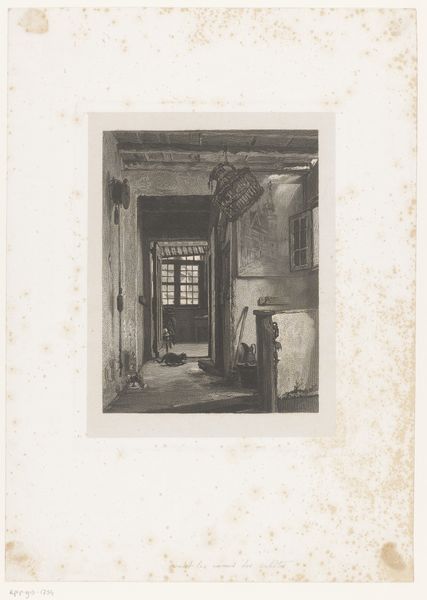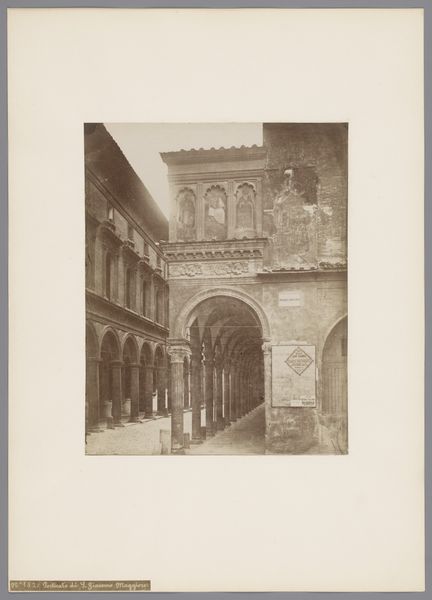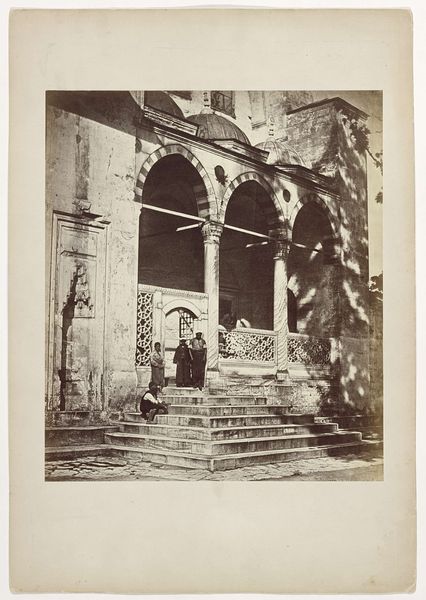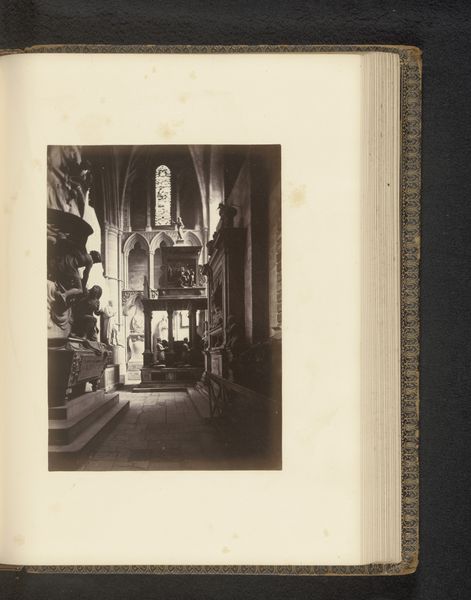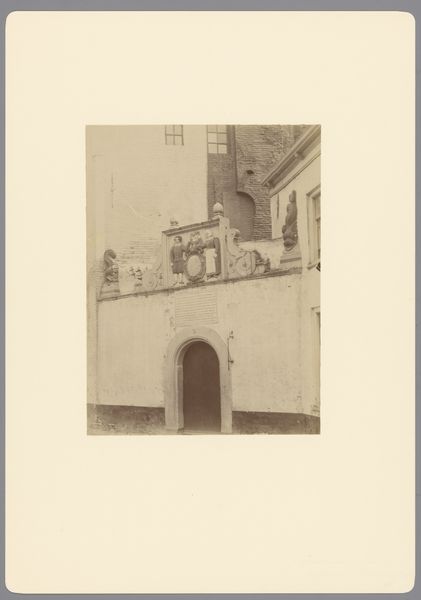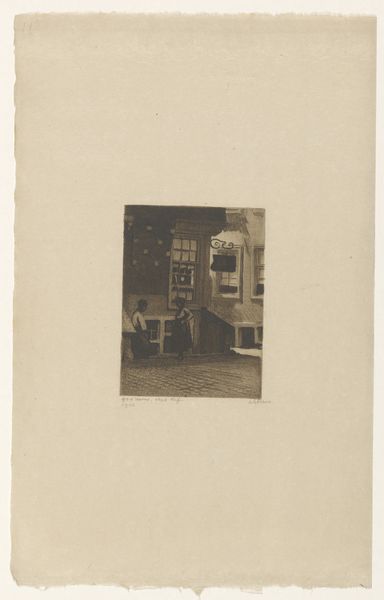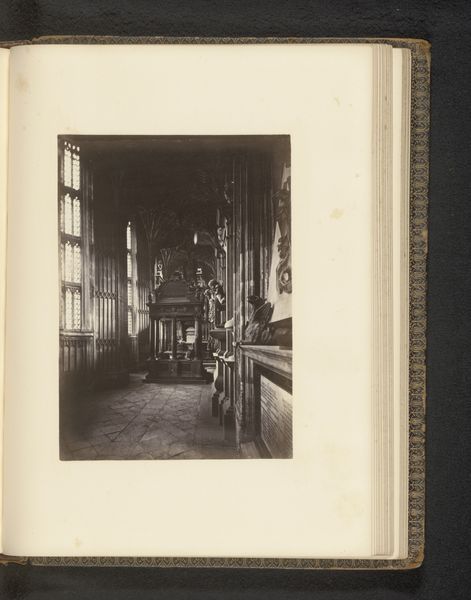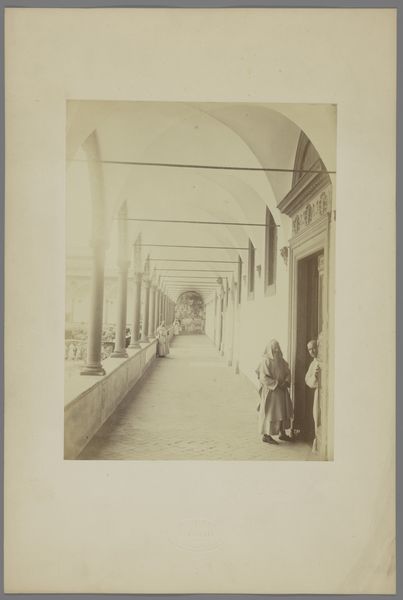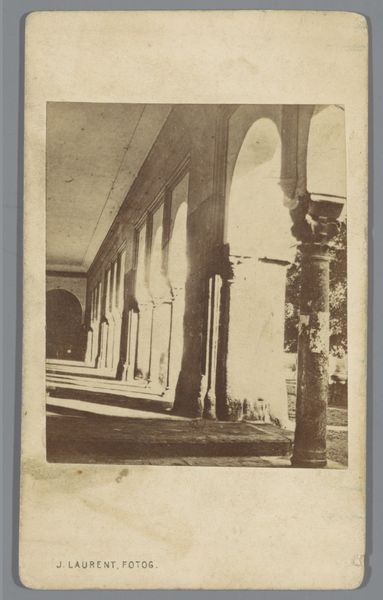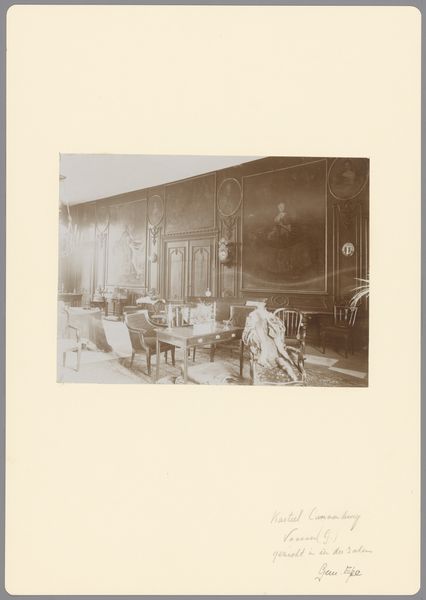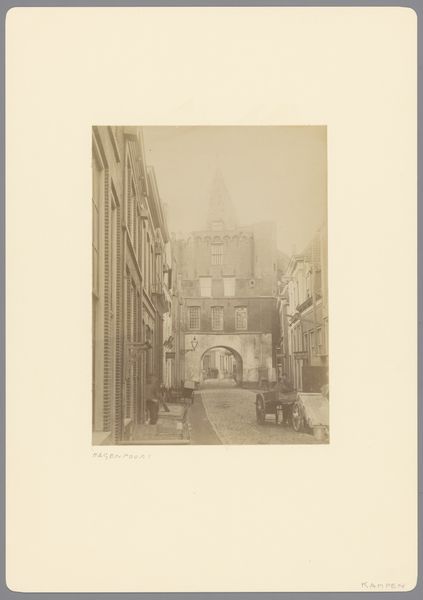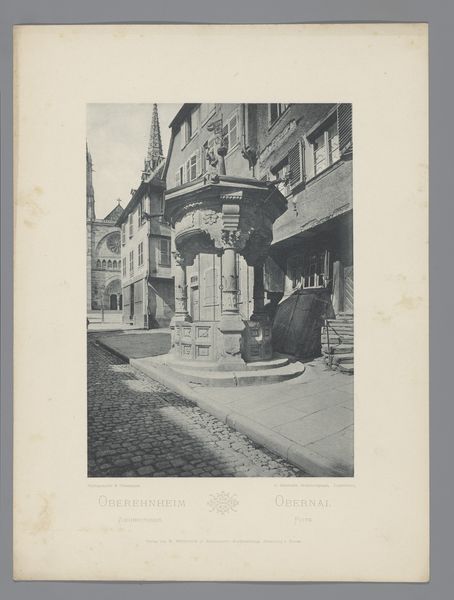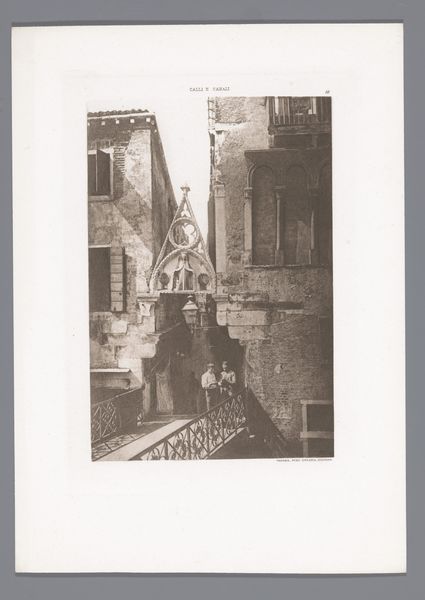
Front of Kwan-Yin Temple, Hong-Kong; A Mendicant Priest; A Street in Hong-Kong; Opium-Smoking in a Restaurant c. 1868
0:00
0:00
photography, albumen-print
#
16_19th-century
#
asian-art
#
street-photography
#
photography
#
orientalism
#
albumen-print
Dimensions: 11.4 × 9.7 cm (upper left image); 11.5 × 9.6 cm (upper right image); 11.4 × 9.7 cm (lower left image); 11.6 × 9.7 cm (lower right image); 47.1 × 35.1 cm (album page)
Copyright: Public Domain
Editor: This is “Front of Kwan-Yin Temple, Hong-Kong; A Mendicant Priest; A Street in Hong-Kong; Opium-Smoking in a Restaurant,” a c. 1868 albumen print by John Thomson held at the Art Institute of Chicago. It's a set of four photographic scenes. The opium smoker image definitely evokes a certain feeling of... unease. How would you interpret the significance of capturing these scenes of Hong Kong in this combined format? Curator: Thomson's work is fascinating for how it reflects the 19th-century European gaze upon Asia. Consider the social and political context: Hong Kong was a British colony. Thomson, through images like the opium den scene, participates in constructing a particular narrative for a Western audience. It touches upon colonial power dynamics and the exoticization of "the Orient." How might this photography have shaped European perceptions of Hong Kong at the time? Editor: So, it's about shaping public opinion back home. Did he present other sides of Hong Kong society, or mainly stick to these kinds of sensationalist topics? Curator: Thomson’s work actually spans a range of subjects, but these depictions of poverty, religious practices, and scenes like the opium den were compelling to the Victorian audience. Remember, photography was relatively new. What was shown and what was omitted held immense power. These photographs entered into a circulation of images that both informed and often reinforced existing prejudices and political agendas. Editor: That makes me think about the ethics of representation and who controls the narrative. Curator: Exactly. Consider, who is Thomson photographing, and under what circumstances? The subjects in these images likely had very little say in how they were being represented to the wider world. It raises questions about power, access, and the enduring legacy of colonial visual culture. Editor: That’s really eye-opening. I’ll definitely look at these differently now, considering the photographer’s role in shaping a colonial narrative.
Comments
No comments
Be the first to comment and join the conversation on the ultimate creative platform.
